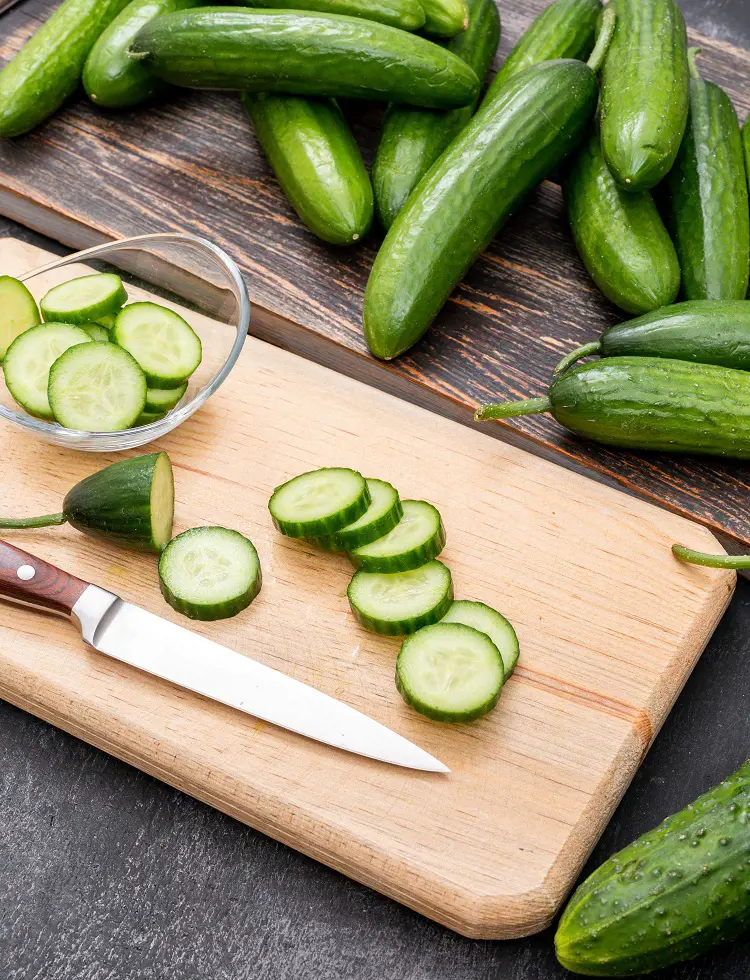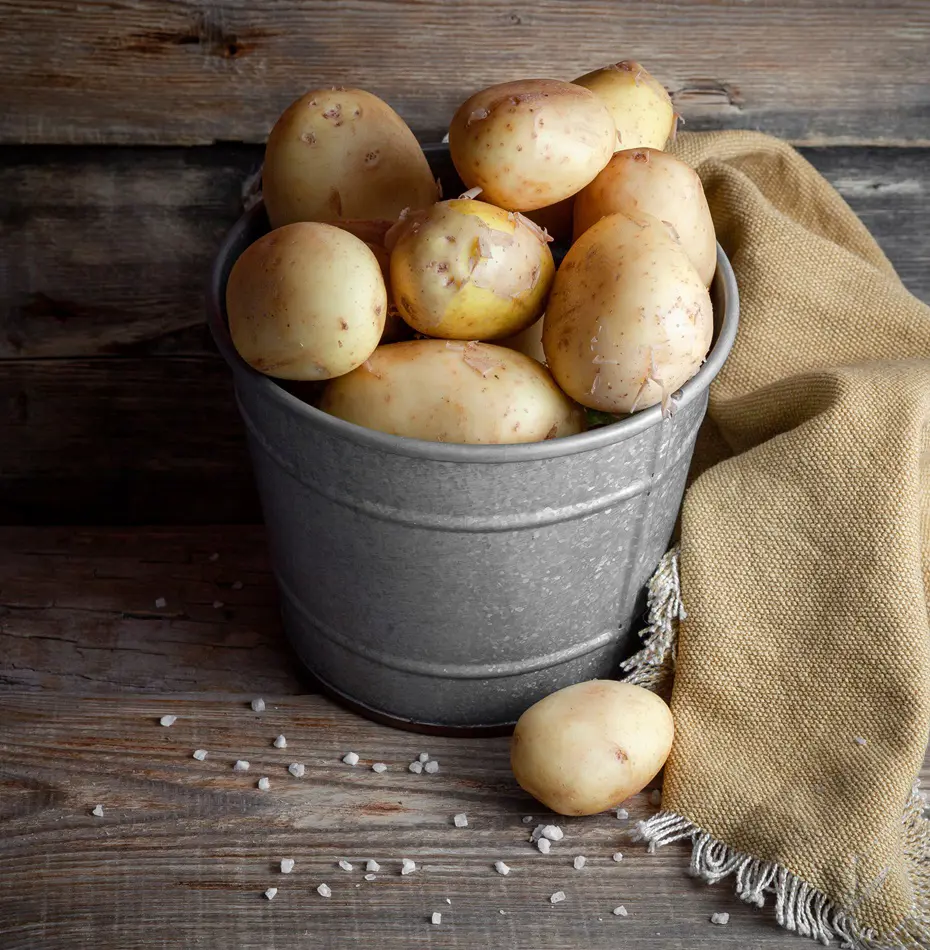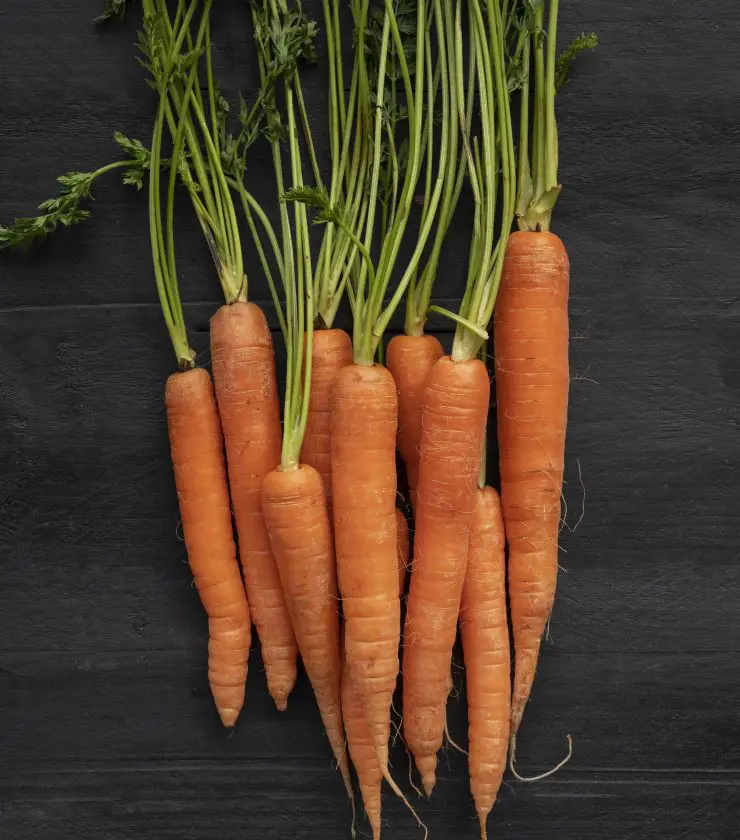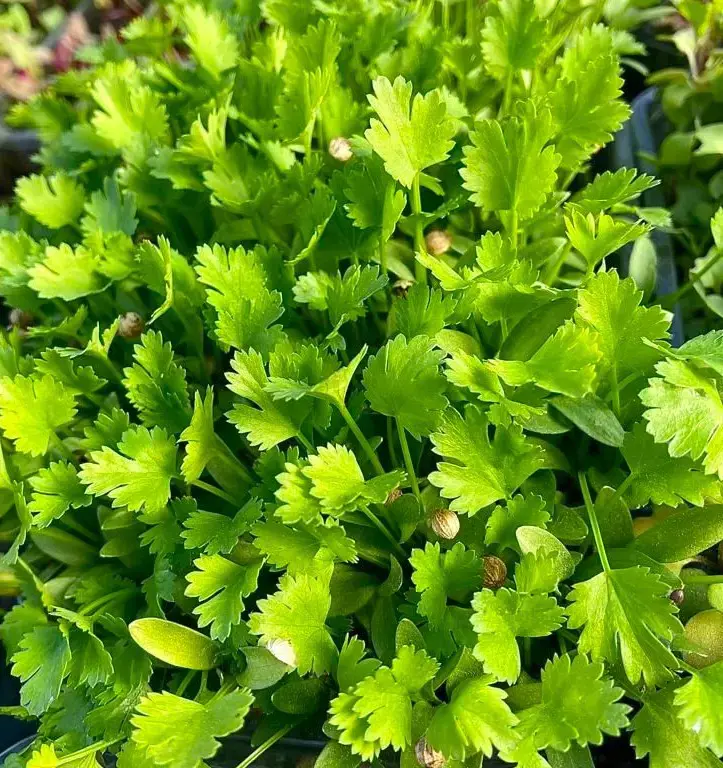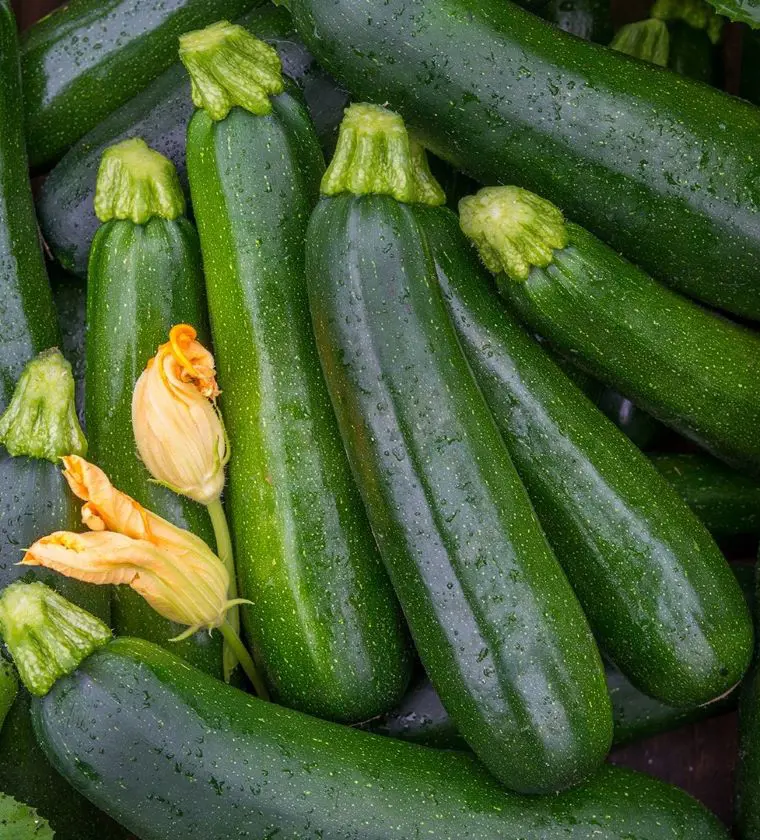How To Store Avocados Long Term
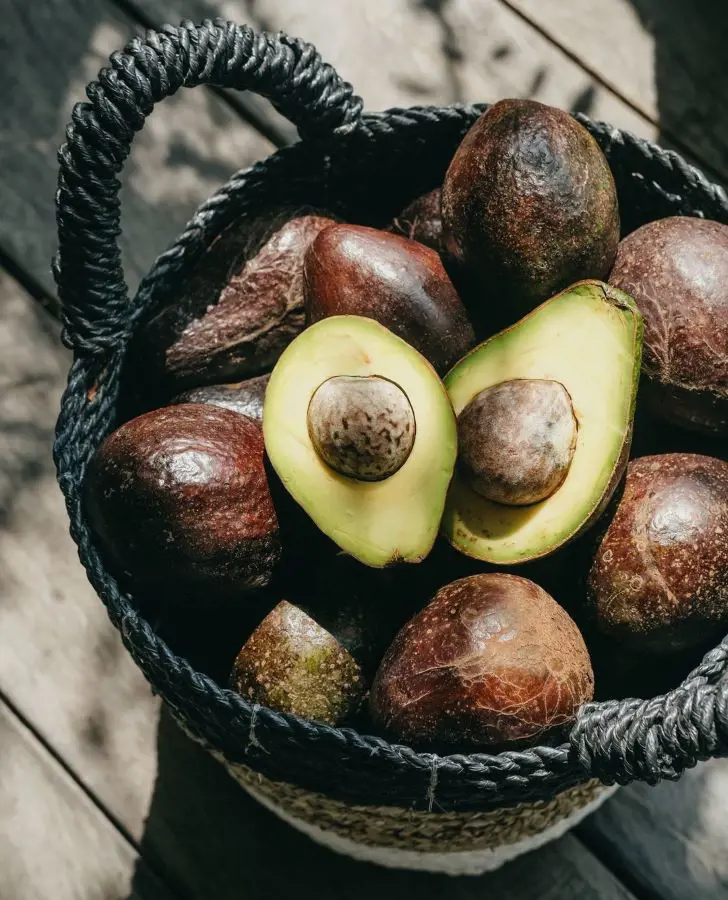
This post may contain affiliate links. If you make a purchase through links on our site, we may earn a commission.
Avocado is a delicious, yet highly perishable fruit with nutritive benefits. Its high metabolic rate is the major contributing factor to its shorter shelf-life. The shelf-life of avocados ranges from 3-4 weeks when stored at the ideal temperature and relative humidity.
In this guide, we will find out how to properly store avocados for prolonged periods with the use of refrigeration, freezing, and other useful methods. Thus, by adhering to such measures, you can ensure that your avocados are fresh and not browning for a long period.
1. Store Avocados Based on Their Ripeness
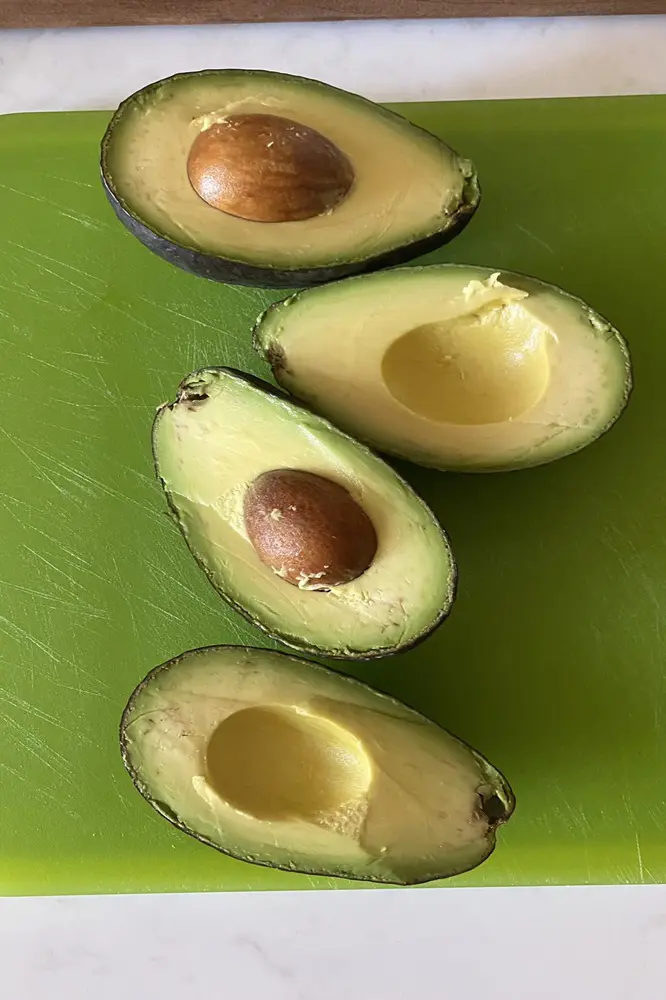
Several ways can help you determine the ripeness level of avocados. It becomes quite easy to store avocados, once you know that unripe, ripe, and overripe avocados require different temperatures.
If your avocados are unripe, they should be left on the counter or placed in the pantry. The unripe avocado can therefore be stored for up to five days. For quick maturation, place avocados in a paper bag.
However, if the avocados are ripe, you can store them in a refrigerator which will keep them fresh for several days. Place it in a tight food storage container or the crisper drawer if one is available. As for the overripe avocados, one may try to use them in certain recipes such as the preparation of guacamole or smoothies.
2. Away From the Heat and Sunlight
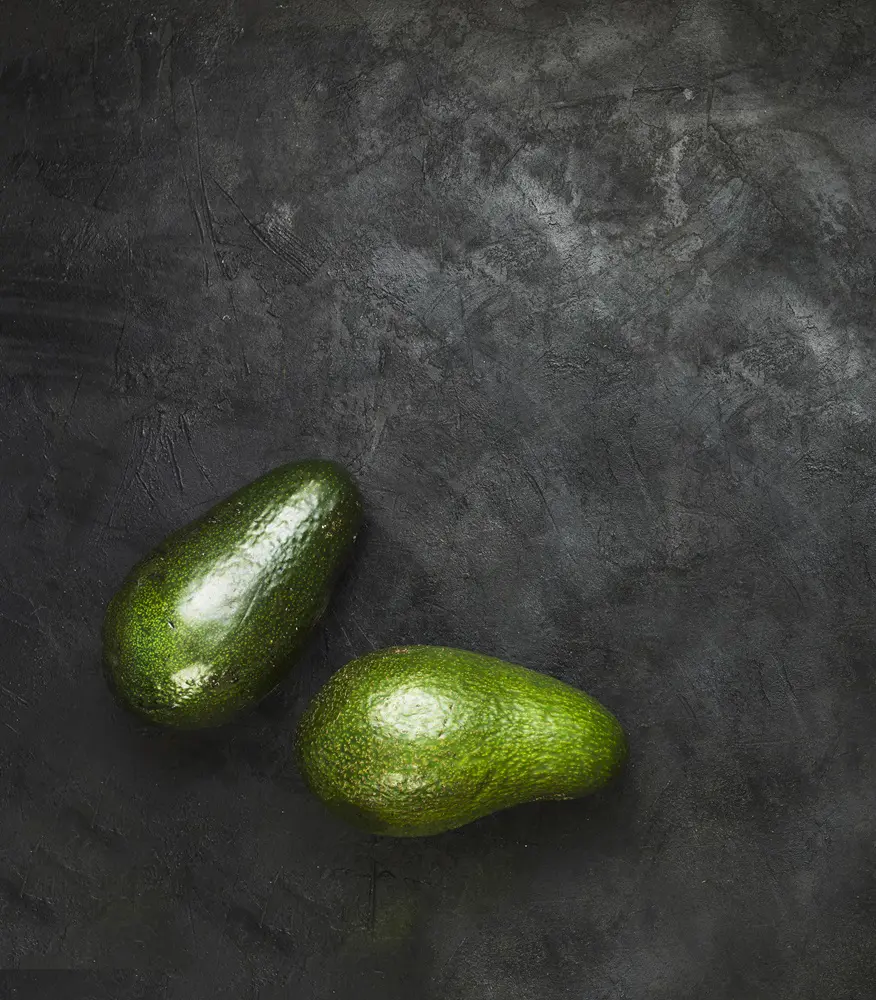
Heat can significantly affect the ripening process of avocados, influencing both the timing and quality of the fruit. The ideal temperature for the ripening of avocados ranges from approximately 70°F to 80°F. Within this range, avocados ripen properly developing desirable texture and flavor. But, in case the temperature exceeds 86°F, you may observe uneven ripening, darkening of flesh, and rubbery texture.
So, to prevent this issue, choose dark, cool places like a pantry or a drawer for storage that too with proper ventilation. You can also place them in an airtight food storage container or the crisper drawer of the refrigerator.
3. Cover Them in Plastic Wrap

Avocados are climacteric fruits which means they can continue ripening once separated from the plant. It releases ethylene gas which is one of the leading causes of its fast ripening. Still, the use of plastic wrap makes the avocados slightly take time to ripe as compared to those exposed to the air.
Furthermore, enclosing avocados with plastic wrap ensures that the moisture surrounding the avocado is retained hence eliminating chances of the avocado getting dry.
4. Keep Avocados with Onions
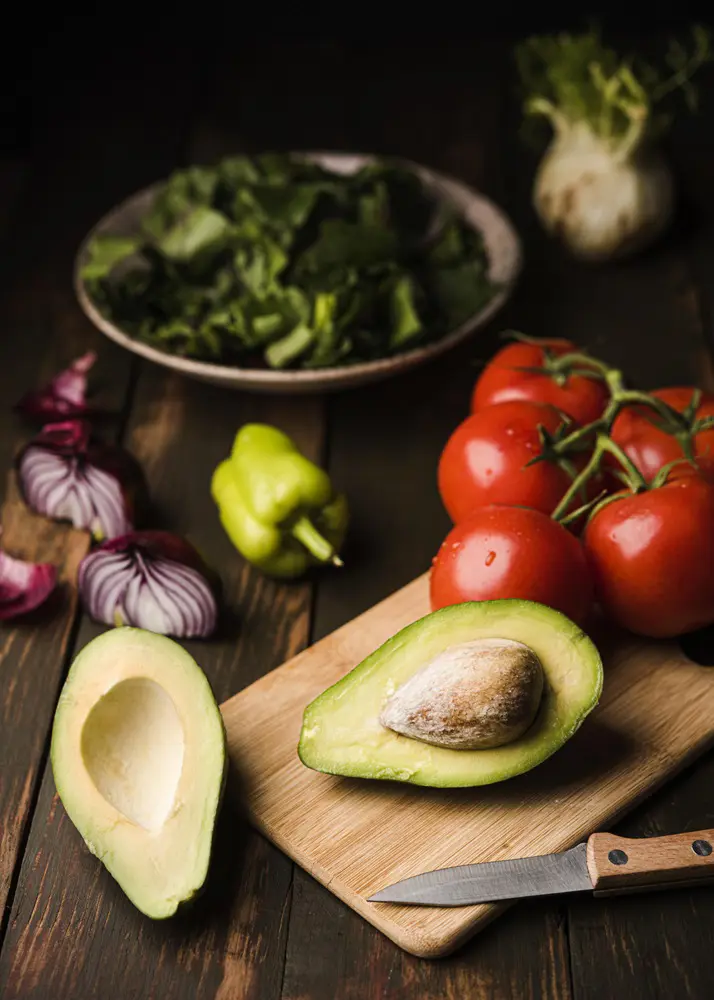
Placing avocados with onions can be very helpful when talking about extending their shelf life. Onions contain sulfur compounds that can help prevent the browning of cut avocados. When a cut avocado is stored with an onion, the sulfur compounds present in it prevent the enzymatic reaction that leads to oxidation thus, preserving the quality of fruit for a prolonged period.
Cut avocados can be stored in an airtight container and putting a piece of onion in it will help in its preservation in the refrigerator. This basic storage technique can add value to your avocado consumption since the fruits are ripened and well-presented for consumption.
5. Lemon Juice to Prevent Browning
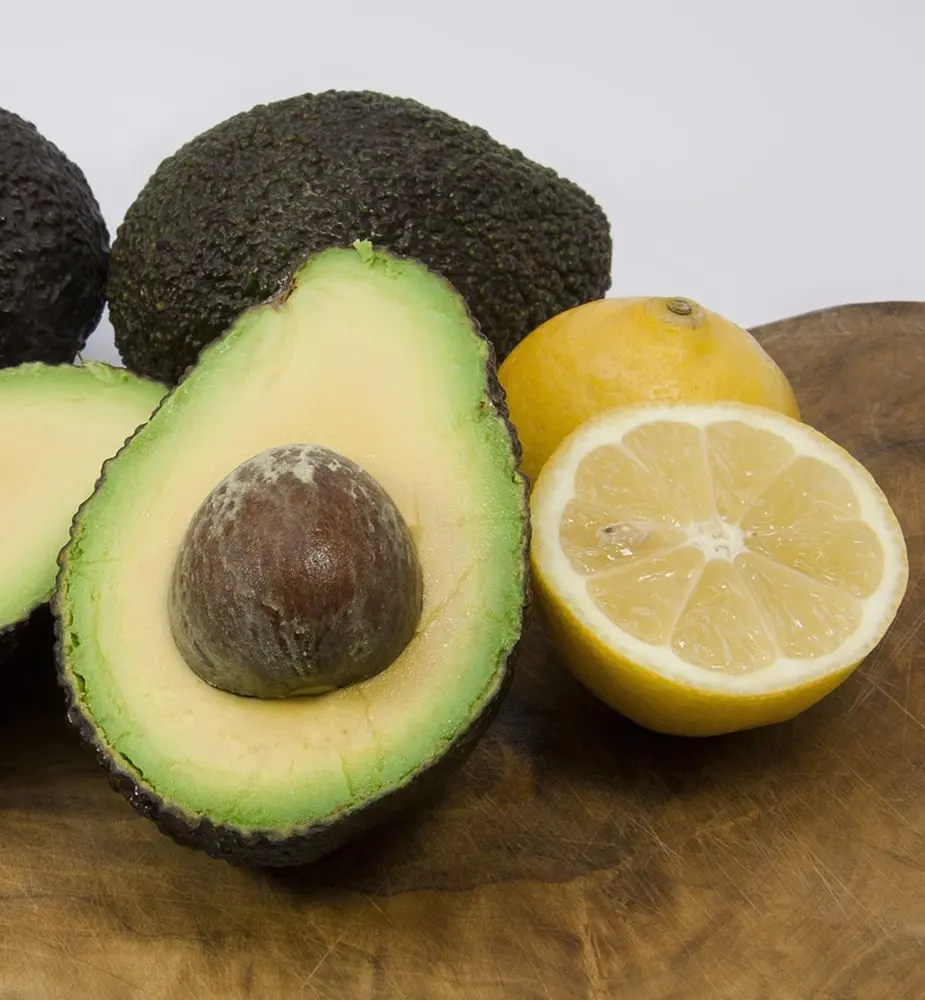
Lemon juice can work as an effective way of preserving avocados and enhancing their shelf life. The citric acid content present in lemon juice prevents the formation of enzymes called polyphenol oxidase (PPO), which turns the cut avocados brown.
The application of lemon juice to avocado creates a barrier that reduces the rate of the chemical reaction between oxygen in the atmosphere and PPO. This helps retain the greenish color of avocados for several days. Placing the avocado at the center of protection methods such as using a plastic wrap or covering it with an airtight container after applying lemon juice will give excellent results.
6. Water Bath
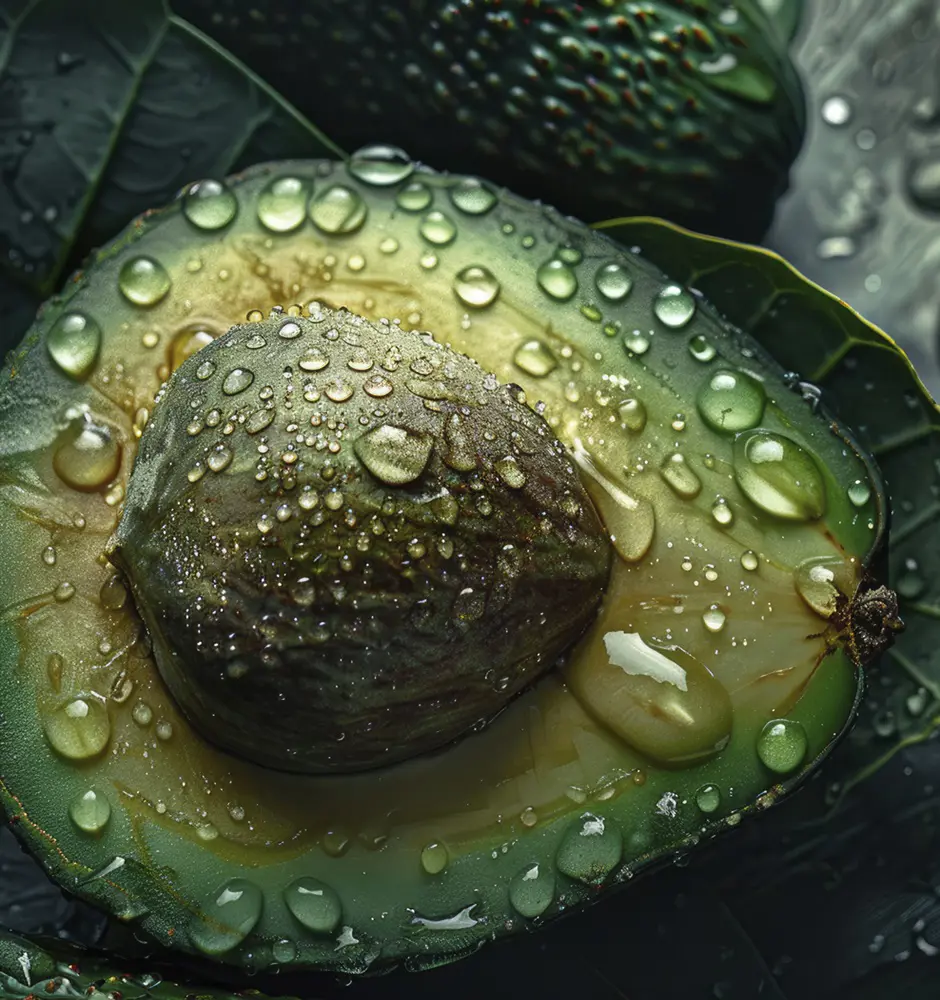
Some people recommend submerging ripe avocados in water and putting them in the refrigerator. This act helps reduce oxidation and keep the ripened fruits well for 7 to 10 days. While immersing avocados in water has been recommended as a tool for retarding oxidization and thus enhancing their freshness, it poses serious health risks.
In its report, the U. S. Food and Drug Administration (FDA) said that when avocados are soaked in water, it becomes hospitable for several bacteria to grow. These pathogens are usually on the skin of the avocado and if submerged will penetrate the flesh and cause foodborne illness.
7. Freeze Avocado
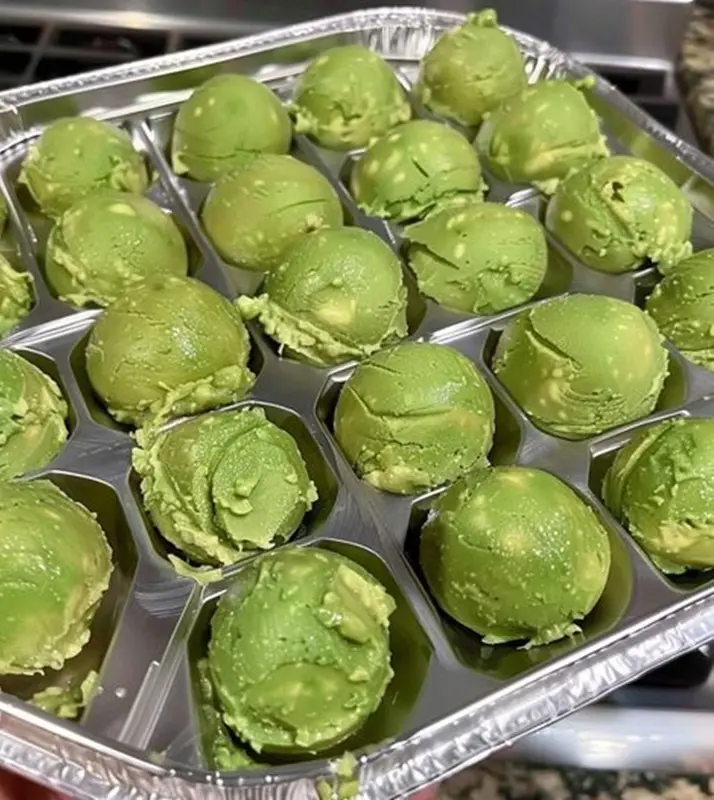
The following methods can help freeze avocados for long-term storage effectively.
Freezing Avocado Puree
This method seems to work well to sustain the optimal quality of avocados while in the frozen state. It is most effective when used within 4 to 6 months.
The ripe avocado should be scooped out of its shell. To do this, cut through the flesh, along the middle and then twist the two halves in opposite directions. Add 1 tablespoon of lemon or lime juice per avocado to prevent browning. Mash the avocado or blend it and put the puree into an ice cube tray for convenience.
Remember to cover it lightly and put it into the freezer till it turns firm. After freezing, transfer them to a resealable freezer or an airtight container.
Freezing Sliced Avocados
This is preferable if you want avocado pieces that can be eaten instantly, although it may not suit many people.
First of all, cut the avocado in half, get rid of the pit and chop or cut the avocado into large pieces. Drizzle 1-2 teaspoons of lemon juice over the avocado slices so they won’t turn brown. Put them in a layer on a baking sheet. Quick freeze them until they get very hard and keep them in a freezer bag.
Freezing Whole Avocados
This is the most basic way to freeze avocado but it will change the texture of the fruit.
To proceed with this process, firstly, it is necessary to make sure that the avocado is ripe to the maximum. If it meets the first condition, then you can directly put the whole avocado in the freezer while it still has the skin intact. When it is ready for use, wash it under water and then leave to thaw at room temperature for about an hour or more in the refrigerator.
However, this method may lead to some color change and softness when the food is defrosted, which makes it suitable for certain recipes.
8. Pickling Avocados
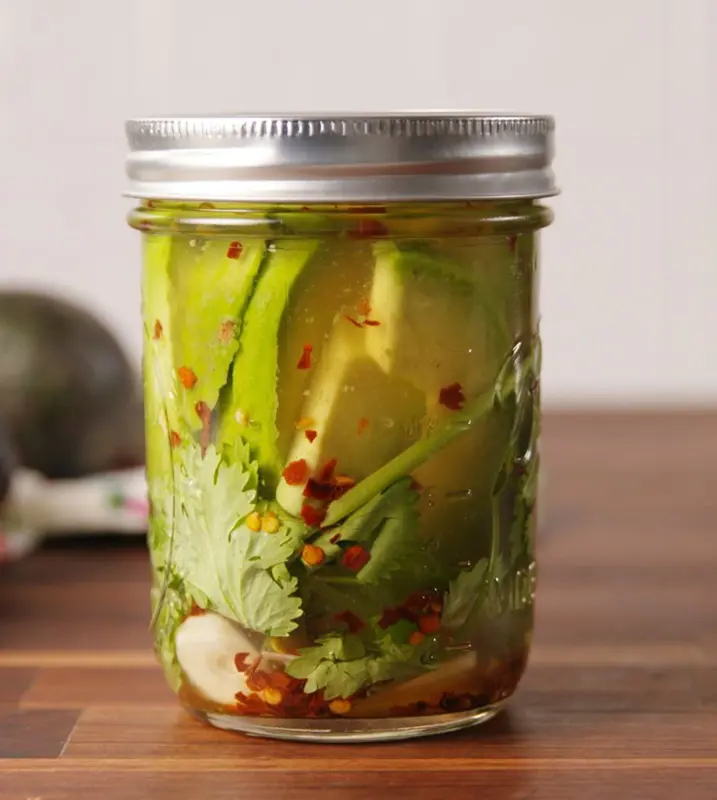
Making avocado pickles is the other way of storing avocados. This type of pickle can be stored in a refrigerator for about one week. The pickling is recommended when the avocado is still hard, nearly ripe though.
For the avocado pickles, bring a solution of one part water to one part vinegar with salt, sugar and whole spices such as pepper or coriander. Add to a boil, stir to dissolve the salt and sugar, and allow the mixture to cool. Halve and slice the firm-ripe avocados and take out the peel and the pit. Pour over and give a top-up with the vinegar mixture.
Best when allowed to chill for at least a couple of hours, even better if allowed to rest in the refrigerator for more than a day.
9. Make Avocado Oil
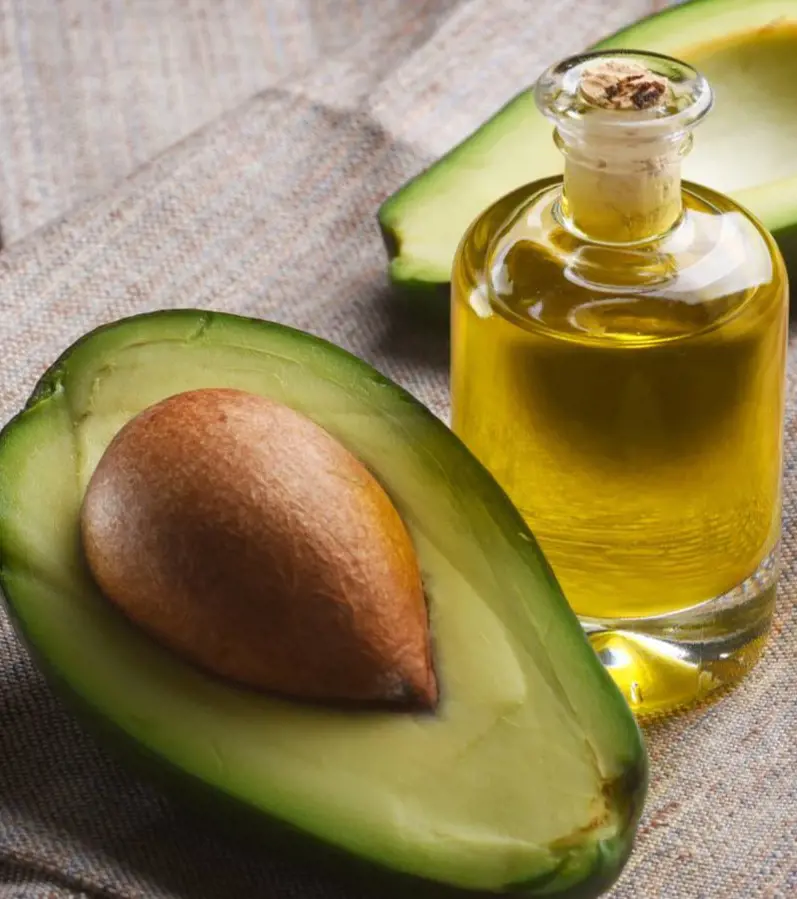
Making avocado oil is among the best and most effective methods of handling over-ripened avocados. The preparation of the oil is quite simple for which one has to blend all overripe avocados with a small quantity of olive oil. Filter the mixture, and you get your homemade avocado oil. This oil has a high smoke point, which is great for grilling, frying, searing, etc.
If you are fond of this majestic fruit, you can also plant it in your garden/surroundings.
Related: Grow Avocado Tree From Seed With Various Steps
Making Delicious Avocado Recipes
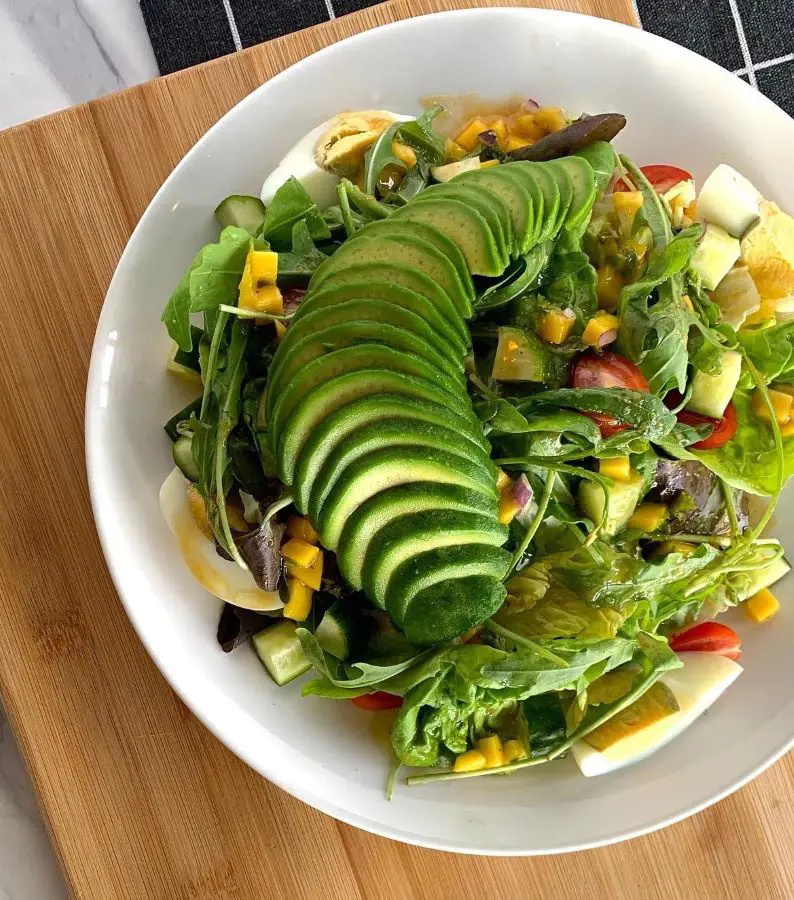
Now you have learnt best ways to store avocados, let's get into the best recipes to devour them. Rich in nutrient content, the health benefits of avocados are abundant. These creamy green fruits with a buttery texture can be best prepared using the following recipes:
- Avocado toast is a favorite of many individuals despite being simple to prepare. It is merely mashed ripe avocado served on toast and sprinkled with salt.
- Often described as a healthy breakfast drink, creamy avocado smoothie simply involves mixing ripe avocado with your preferred type of milk, a banana, and a few spinach leaves.
- Dicing cubes of avocados along with fresh tomatoes, red onion, olive oil, and balsamic vinegar gives you a delicious and healthy summer salad.
There are so many other dishes that can be prepared using avocado. It is a food high in protein that one has to take for and has no cholesterol, sugar, and sodium.
Recent posts
How To Store
How To Store
How To Store Cucumbers
A good cucumber is cool, crunchy, and refreshing, but if you don't store it right, it can turn mushy and not good to eat. To keep cucumbers fresh, store them where they can get air and not too wet. Now, let's talk about different ways to keep cucumbe...
How To Store
How To Store Garlic Properly
Garlic is a kitchen pioneer important for adding flavor and depth to countless dishes. However, if stored incorrectly, garlic may lose its potency or even go bad. When stored properly a fresh garlic bulb can last up to six months otherwise, it will o...
How To Store
How To Store Potatoes - 15 Simple Tricks
Potatoes are a versatile vegetable loved for ages. From French fries to baked potatoes, there are many ways to enjoy them and they also naturally have a long shelf life. However, it is concerning that they can't last long without proper precautions. ...
How To Store
How To Store Carrots So They Last Longer
Carrots typically last for days and weeks at room temperature. If stored properly using the right technique, it can last for several months too. From harvesting to freezing, several ways can help extend the carrots’ shelf life. In this gu...
How To Store
How To Store Cilantro Leaves
Cilantro is an indispensable item in our kitchen. Cilantro's seeds, leaves, and stems can all be consumed and can be used in many dishes around the world including sauces, soups, curries, etc. Cilantro is a good option because of its pleasant scent, ...
How To Store
How To Store Zucchini - 9 Tips To Keep Fresh
Zucchini belongs to the Cucurbitaceae family and is a type of summer squash. With its mild flavor and tender texture, zucchini has become a popular ingredient in numerous culinary creations. Zucchini is a sturdy veggie, but to keep it tasting yummy a...
